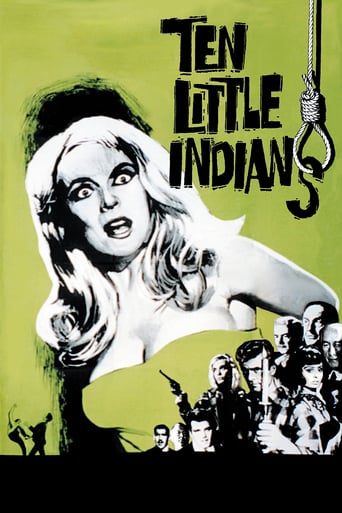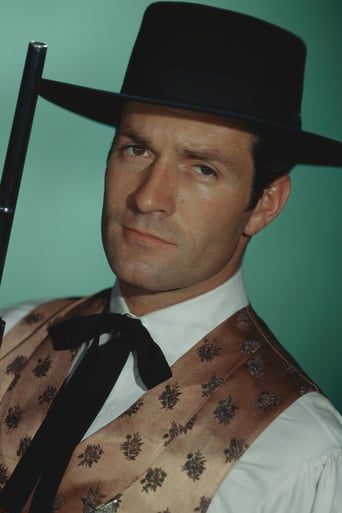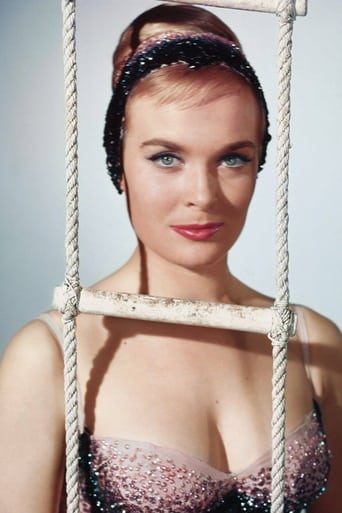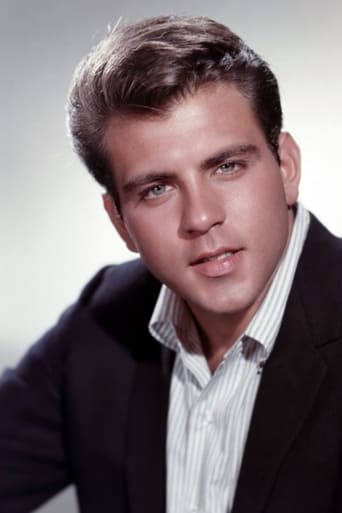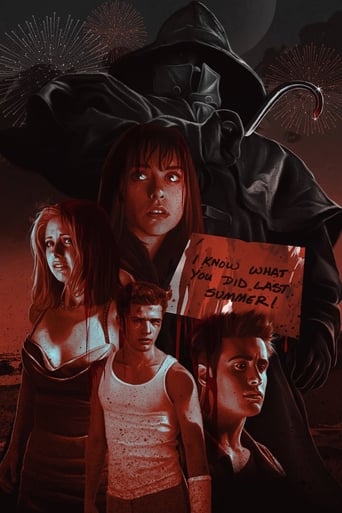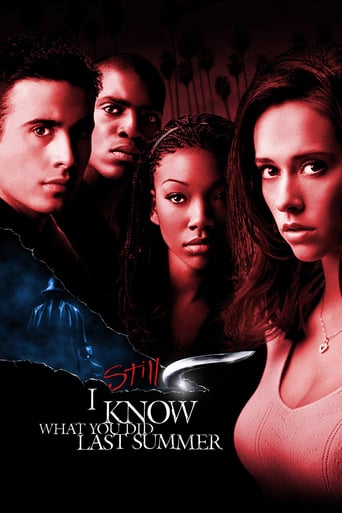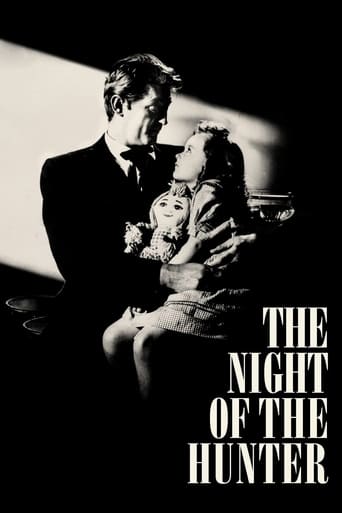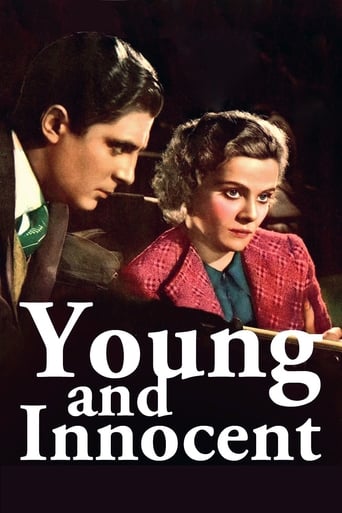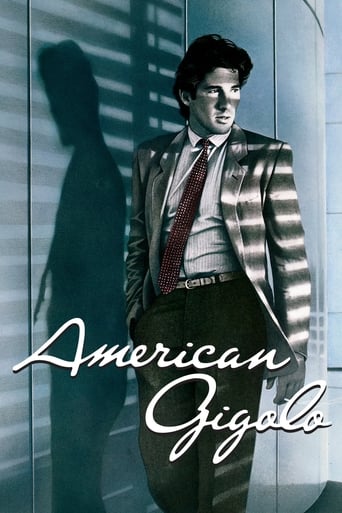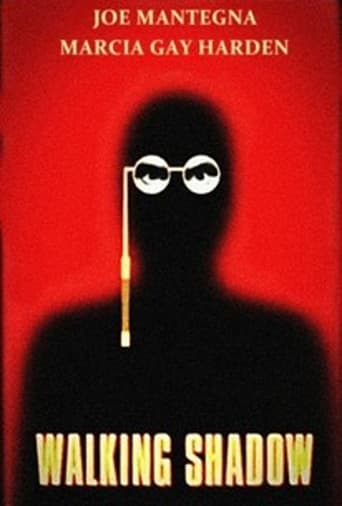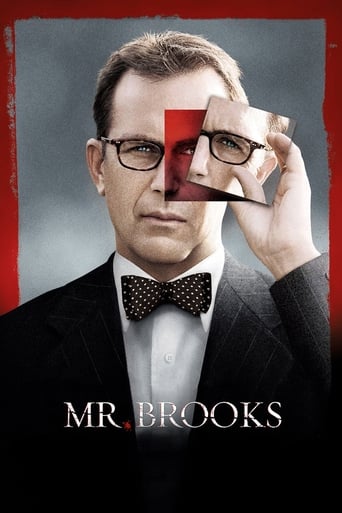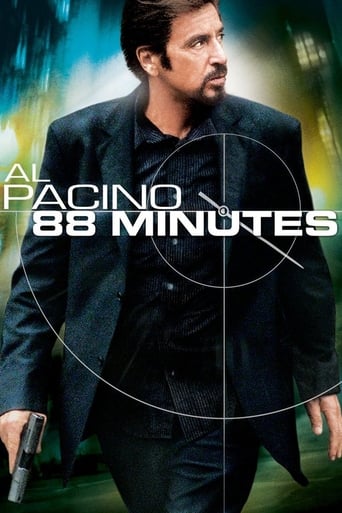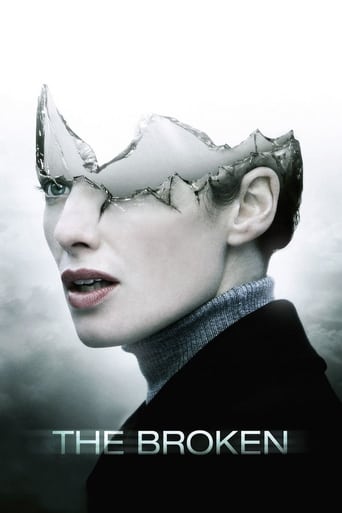Ten Little Indians (1965)
Ten strangers are invited as weekend guests to a remote mountain mansion. When the host doesn't show up, the guests start dying, one by one, in uniquely macabre Agatha Christie-style. It is based on Christie's best-selling novel with 100 million sales to date, making it the world's best-selling mystery ever, and one of the most-printed books of all time.
Watch Trailer
Cast


Similar titles
Reviews
Did you people see the same film I saw?
It's funny watching the elements come together in this complicated scam. On one hand, the set-up isn't quite as complex as it seems, but there's an easy sense of fun in every exchange.
Instead, you get a movie that's enjoyable enough, but leaves you feeling like it could have been much, much more.
It’s fine. It's literally the definition of a fine movie. You’ve seen it before, you know every beat and outcome before the characters even do. Only question is how much escapism you’re looking for.
10 people are lured to an isolated house for a party and killed one by one. Each has a secret that has led them to being selected for the party. There is an interesting mix of clichéd characters and of course most of the fun to be had is seeing who is killed off next and who the killer is. The story moves along at a quick pace never giving you the time to get bored. The acting is very good with plenty of decent character actors. For today's audiences the lack of gore may be off putting and there is maybe not enough tension built up bearing in mind the predicament the party-goers find themselves in. However the story keeps you guessing and the reveal is worth the wait.Ten Little Indians is certainly no classic but I found this to be a very entertaining film and well worth watching for those who appreciate older films.
And Then There Were None is and has been since I was 12 one of my favourite books of all time. If there is a contender for Agatha Christie's- of whose books I'm a fan of- best book, And Then There Were None would definitely be more than worthy. When you love a book as imaginative, suspenseful, beautifully characterised and sometimes scary(Emily Brent's death for instance) as And Then There Were None, no matter how you try to judge a film on its own terms, you do hope that the book is done justice to.In terms of film adaptations though, it's been a very mixed bag. The 1945 film for me is by far the best, witty, suspenseful, splendidly cast(Barry Fitzgerald, Walter Huston and Judith Anderson being the standouts) and faithful to the book's spirit in general. The 1974 film is heavily flawed, namely that it does get turgid and illogical in places and Charles Aznavour is awful but it looks wonderful, has a good score, has the extra bonus of having Orson Welles as the voice of Mr Owen and has good performances from Richard Attenborough, Herbert Lom and Oliver Reed make it a film better than its reputation.Strictly speaking, it's the 1989 version that is really quite poor, with only the locations, the lions and the performances of Donald Pleasance, Sarah Maur Thorp and Herbert Lom working somewhat. I found myself very impressed generally by this version, it's second only to the 1945 film and easily the best of the remakes.The film is not perfect however. Although it is in this version where the perpetrator is the most malevolent, the ending- changed from the I think unfilmable ending of the book(someone also raised the point that Vera Claythorne's death is too much by chance in the book and I can definitely see where they're coming from)- seemed dramatically under-baked for me. The music score is too jazzy and I think lightweight, jarring with the film's tone and diluting the suspense and claustrophobia. The Ten Little Indians song is good however, though I prefer the ominously Roccoco style of the one in the 1945 adaptation.Daliah Lavi and especially Fabian give the only two performances that I'd consider bad, in Fabian's case embarrassingly bad. Lavi is a little better than Brenda Vaccarro in the 1989 film, but she like Vaccarro does very little with a character that wasn't as written as well as she could've been and the melodrama(and there is a lot considering the profession her role has) is so overcooked that it becomes painful to watch and listen to. Fabian makes an obnoxious character even more so(what the remakes have in common actually is how annoyingly the role is written and performed actually), so much so you want him dead fast.On the other side of things, this version has beautiful locations, not as claustrophobic-looking as the 1945 film but for me it didn't have the sense that it was going to present any kind of logic problems like the later versions did. The photography compliments it very well, and the same goes for George Pollock's quite studied but professional direction that does little to spoil the tension. The murders are both inventive and at times eerie, while the script is literate with a touch of drollness, the characters generally maintain interest and don't have back stories and such that feel too underdeveloped or distorted(something that the 1989 version did to truly bad effect) and the story had me gripped, and while the identity didn't come as a surprise to me as I know the story so well it is easy to see why others would feel that, when I read the book was exactly that of complete surprise.Lavi and Fabian aside, I thought the cast were very good. Taking top honours has to go to Wilfred Hyde-White, whose Judge- one of the book's most interesting characters to me and well-performed in all four versions- is incisive and quick-witted, quite possibly one of his best performances. Dennis Price's Armstrong, almost as good as Walter Huston, is an ideal match, smart, intelligent and playful(only the 1989 film has this role played badly), while Leo Genn in a commanding and touching performance is this close to topping Herbert Lom in the 1989 film(the only asset of that that is the best of anything to do with this story and its adaptations) as the General and Stanley Holloway who is very authoritative with touches of humour is the best of the actors playing Blore.Hugh O'Brian and Shirley Eaton have been much criticised for being wooden. I actually didn't have a problem with them and found them quite appealing. O'Brian is handsome and smooth and Eaton smolders on screen and at least shows a sense of her character's predicaments. We even have the luxury of having an unbilled Christopher Lee as the voice of Mr Owen. Like Orson Welles-largely responsible for why the scene in the 1974 version in question was done so well, possibly the best done of the versions- his distinctive voice is not what you call inhuman, but there is a dignified and menacing quality to it that is enough to evoke some chills at least. The butler character is also the most interesting in this version.Overall, while flawed I liked it very much and consider it the second best version of a literary masterpiece. 8/10 Bethany Cox
If you've seen the 1945 version, And Then There Were None, you will only be disappointed with this version. Like so many films of the era - late 50s through the early 70s - this is a dated old specimen of a movie, and there's no escaping it. From the women's fashions, hairstyles, and make-up to the the younger men's insubstantial characters and world- view,.this is all 1965 - with the added claustrophobia produced not by the story itself (which takes place within a single structure) but by staging that failed to move from the stage. It actually looks like a filmed stage play, so much so that you could hear the director saying, OK, you stand there, and you there, then the two of you . . . You get the drift. Watchable, yes, but only until you start missing the 1945 actors. D-
'Ten Little Indians' is not the original title of Agatha Christie's famous book, of course. Even in 1965, no-one was brave enough to make a film called 'Ten Little N###ers'. It was also not the first time it had been filmed; Rene Clair's 'And Then There Were None' ( 1945 ) is generally regarded as the definitive version. I do like this remake though, directed by George Pollock ( responsible for the Margaret Rutherford 'Miss Marple' movies ), which updates the story to the then-present, setting it in a house at the top of an Austrian mountain rather than the island described in the book. Eight people, of disparate backgrounds, arrive at the home of one U.N. Owen, whom they have never met. They are American adventurer Hugh Lombard ( Hugh O'Brian ), model Ann Clyde ( Shirley Eaton ), pop star Mike Raven ( Fabian ), film star Ilona Bergen ( Daliah Lavi ), Judge Cannon ( Wilfrid Hyde-White ), General Mandrake ( Leo Genn ), Dr.Armstrong ( Dennis Price ) and private detective William Henry Blore ( Stanley Holloway ). Rounding off the 'ten' are the domestic staff ( Mario Adorf and Marianne Hoppe ). In each of the guests' rooms is a model of ten Indians, and a framed nursery rhyme beginning with the words: 'Ten little Indians came down to dine, one choked his little self, and then there were nine.'. A taped message ( Christopher Lee's voice ) accuses everyone present of murder. Soon the bodies start piling up. With each death one of the ten Indians is broken. First to go is Raven. As they puzzle it out, Dr.Armstrong realises that 'U.N. Owen' stands for 'unknown'. The killer is one of the group, but which one? With the exception of Fabian ( clearly included for the benefit of the American youth market ), this solid adaptation has a very strong cast, in particular Price and Hyde-White. Genn makes a big impression too, especially in the scene where he confesses to losing his nerve whilst under fire, an action resulting in the deaths of five of the men under his command. The killings are more explicit than in the earlier version, and good old Shirley Eaton gets to take her clothes off a few times.Emulating the theatrical gimmicks of William Castle, the picture has a 'Whodunit ( sic ) Break'. Just before the climax, the film is paused as the audience is invited to guess the killer's identity. Of course those who read the book and saw the earlier film knew it beforehand.Shot in sharp black and white, and boasting a nice, jazzy Malcolm Lockyer soundtrack, this is good stuff alright. Producer Harry Alan Towers must have liked the film - he remade it again in 1974, starring Oliver Reed and Elke Sommer, but it was an absolute disaster.

